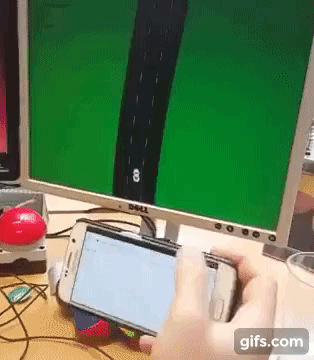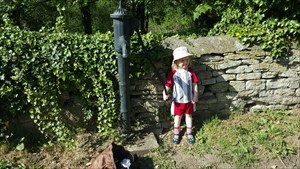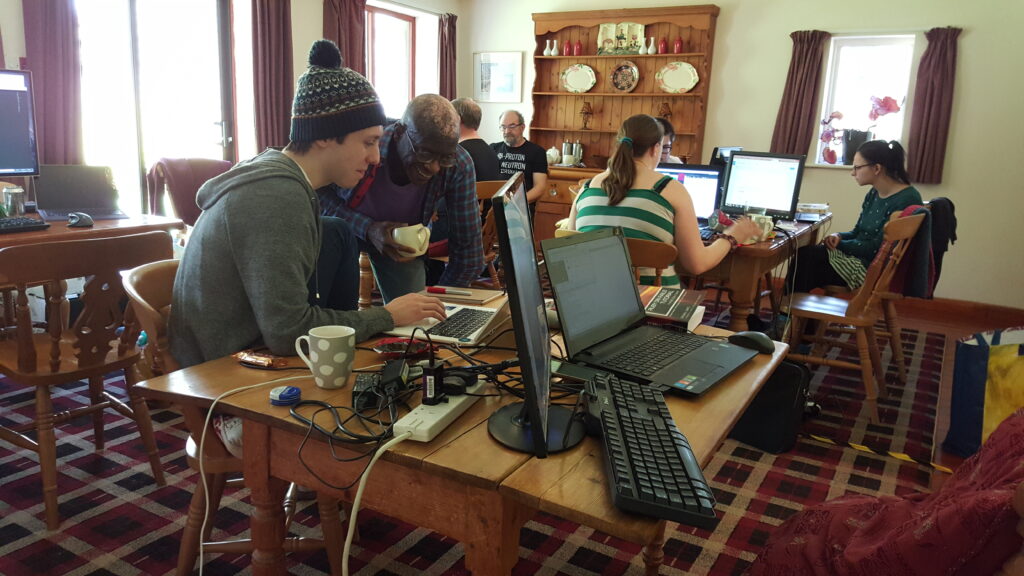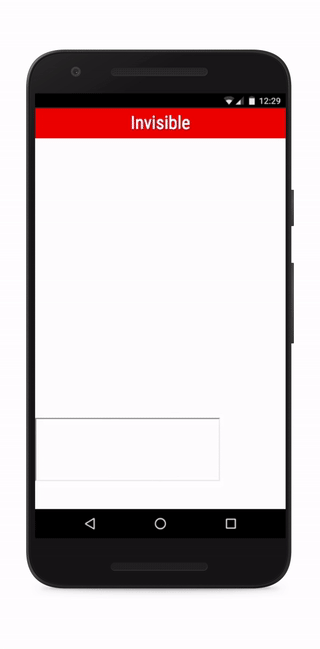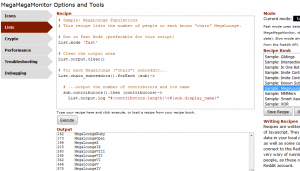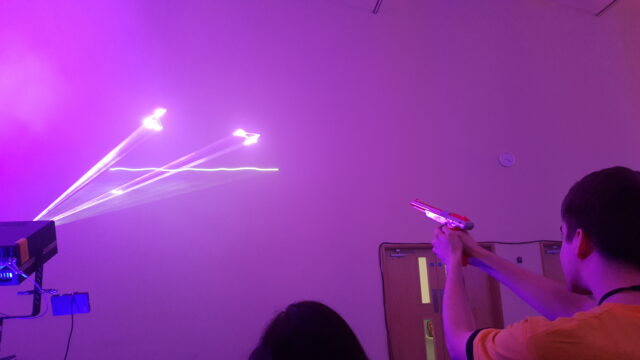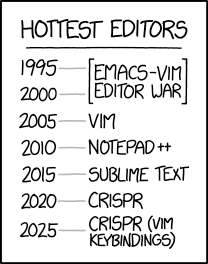I am a survivor of an abusive relationship, and parts of that experience affect the way that I engage in romantic relationships… but I have difficulty quantifying exactly how much. Insert obvious (minor) trigger warning here, and scroll past the kitten if you want to read more.

I’m fine, by the way. It took… a long, long time, like in the region of a decade, to be completely fine about it, and I appreciate that compared to many people, I got lucky. Like many victims (and especially among men), my recovery was hampered by the fact that I found it difficult to see the relationship as having been abusive in the first place: that first step took many years all by itself. I’m not kidding when I say I’m fine, by the way: no, I don’t need to talk about it (with many of my circles of friends made up of current and former helpline volunteers of various types, I feel the need to make that doubly-clear: sometimes, one just can’t escape from people who care about you so much that they’ll offer you a cup of tea even if they’ve only got saltwater to make it with, if you catch the drift of my needless in-joke).
But I wanted to share with you something that I’ve gradually realised about how I was changed as a result of that relationship. Something that still affects me today and, for all I know, probably always will: a facet of my personality whose origins I eventually traced back to that dreadful relationship.

A major factor in my attraction to people, for the last decade and a half, has been whether or not they demonstrate being attracted to me. I’m sure that’s the case for everybody, at least to some extent – there’s a necessary reciprocity for a relationship to work, of course – but in my case there’ve been times in my past when the entirety of my attraction to somebody could be described in terms of their attraction to me… and that’s a level that definitely isn’t healthy! It stems from a lack of belief in my own worth as relationship material, which had grown to such an extent that feeling as if I were even-remotely attractive in somebody else’s eyes has, regardless of whether or not I’d be interested in them under other circumstances, made me feel as though I ought to “give them a shot”. Again: not healthy.
This, in turn, comes from a desperation of considering myself fundamentally unattractive, undateable, and generally unworthy of the attention of anybody else in any relationship capacity… which is highly tied-up in the fact that I had a relationship in which my partner repeatedly and methodically taught me exactly that: that I was lucky to be in a relationship with them or indeed with anybody, etc.
Given enough time, persuasion, and coercive tactics, this is the kind of shit that sinks in and, apparently, sticks.

I don’t mind that I’m a product of my environment. But it bugs me a little that I’m still, to a small (and easily managable, nowadays) extent the product of somebody else’s deliberate and manipulative efforts to control me, a decade and a half after the fact.
Now I’ll stress once again that I’m fine now: I’ve recovered by as much as I need (or at least expect) to. Some years ago, I finally got to the point that if you let me know that you’re attracted to me then that isn’t by itself something that makes me completely infatuated with you. Nowadays, I’m capable of actually engaging my brain and thinking “Hmm: would I be interested in this person if it weren’t for the fact that they’d just validated my worth in some way?” But I’m still aware of the sensation – that nagging feeling that I’m acting according to a manipulative bit of programming – even though I’m pretty confident that it doesn’t influence how I behave any more.
It’s funny how our brains work. At the end of the relationship, I made a reasonably-rapid bounceback/recovery in terms of my general self-worth, but it took far, far longer to get control over this one specific thing. I guess we all react to particular stresses in different ways. For me, somebody who’d spent his childhood and teen years with perhaps, if anything, a little much self-worth, it might have been inevitable that I’d be unable to rebuild the part of that self-image that was most-effectively demolished by somebody else: the bit that is dependent upon somebody else’s validation.
But who knows… as I said, I have difficulty quantifying how much that abusive relationship impacted me. Because it is, of course, true to say that every single thing I’ve ever experienced will have affected me in some way or another – made me the person I subsequently became. How can I justify blaming a single relationship? I know that I wasn’t “like this” back when I first started my dating life, but I can’t conclusively prove that it was the result of any one particular relationship: for all I can claim, perhaps it was something else? Maybe this was always who I’d become? Or maybe, of course, this entire paragraph is simply the result of the fact that my brain still has difficulty with the term “abusive relationship” and is more-than-happy to keep trying to reach for whatever alternative explanations it can find.
Once again though, I’ll stress that I’m okay now and I have been for many years. I just wanted to share with you an observation I’d made about my own psychology… and the long tail that even the “tamest” of abusive relationships can leave.
